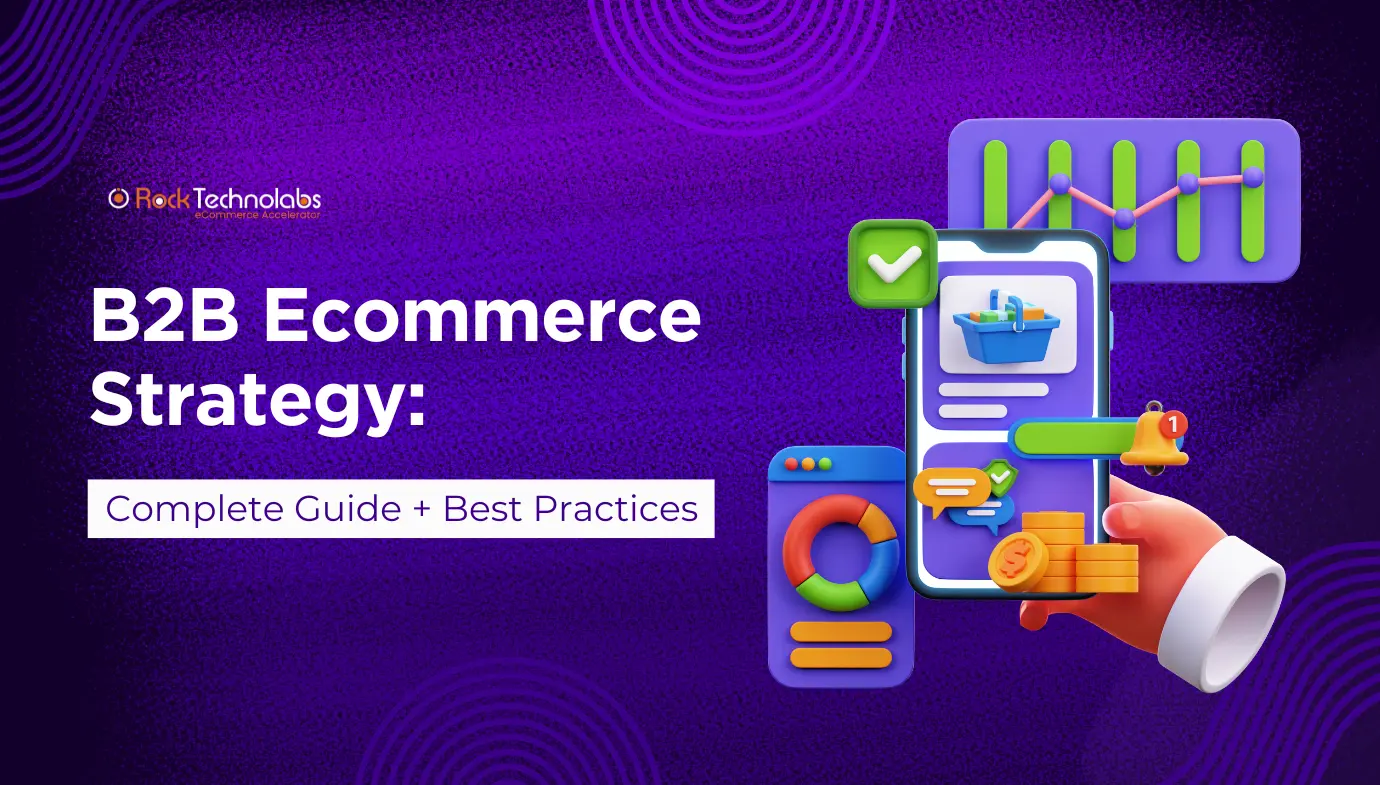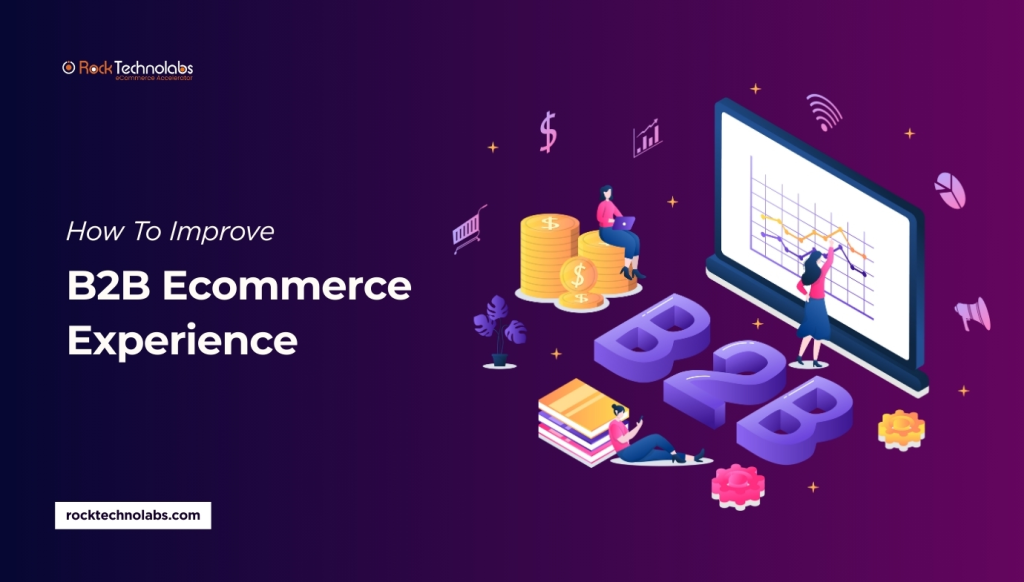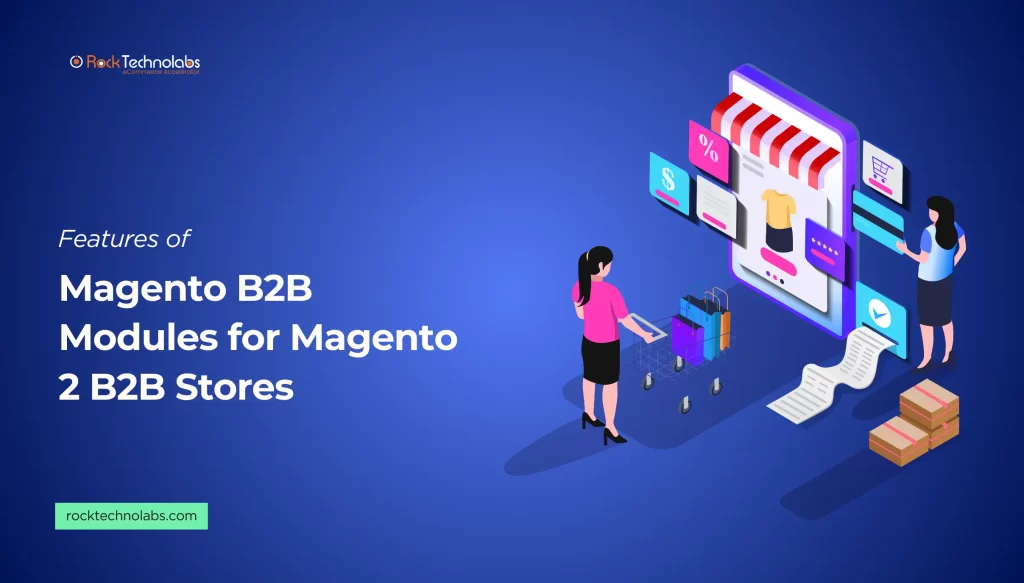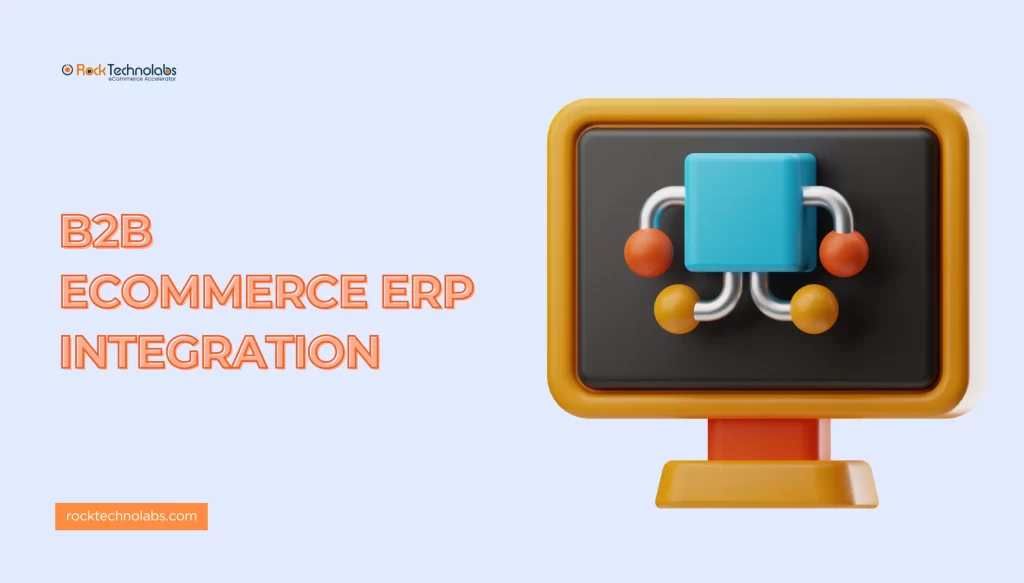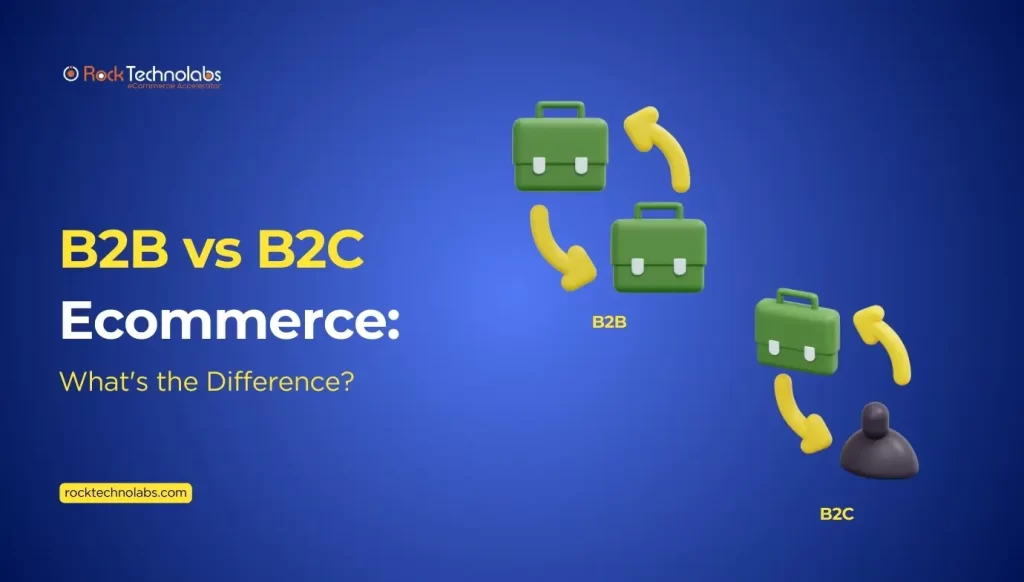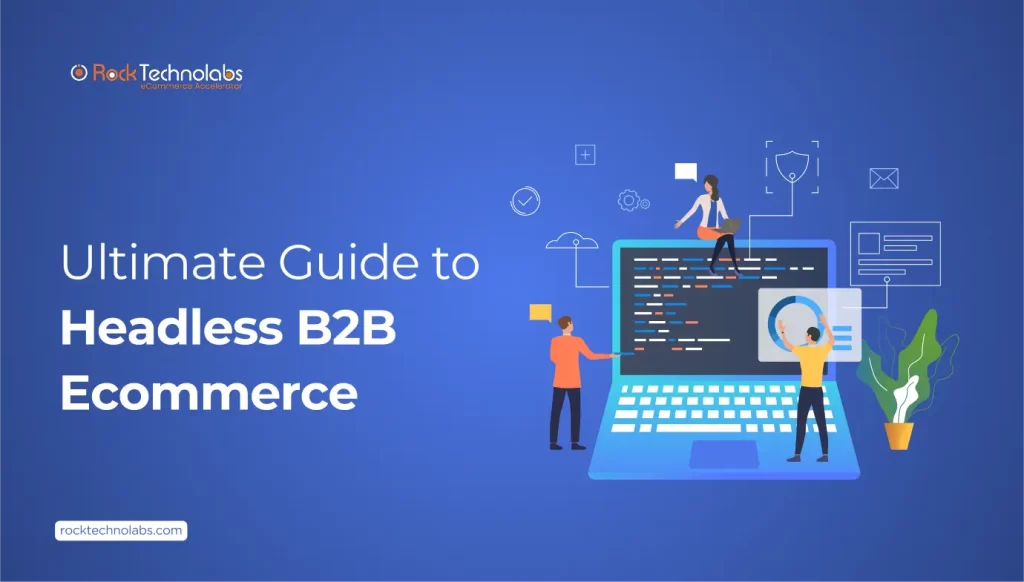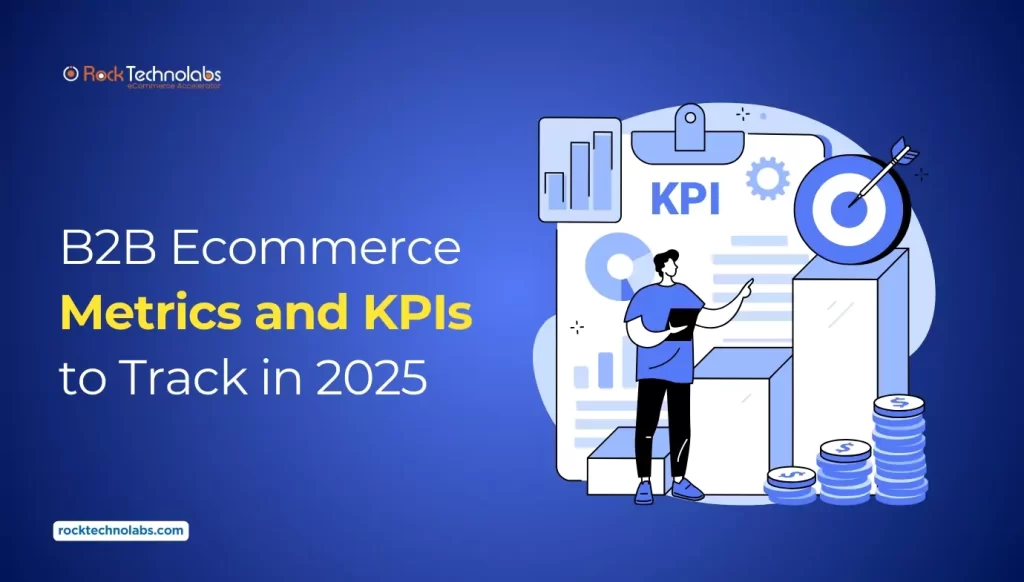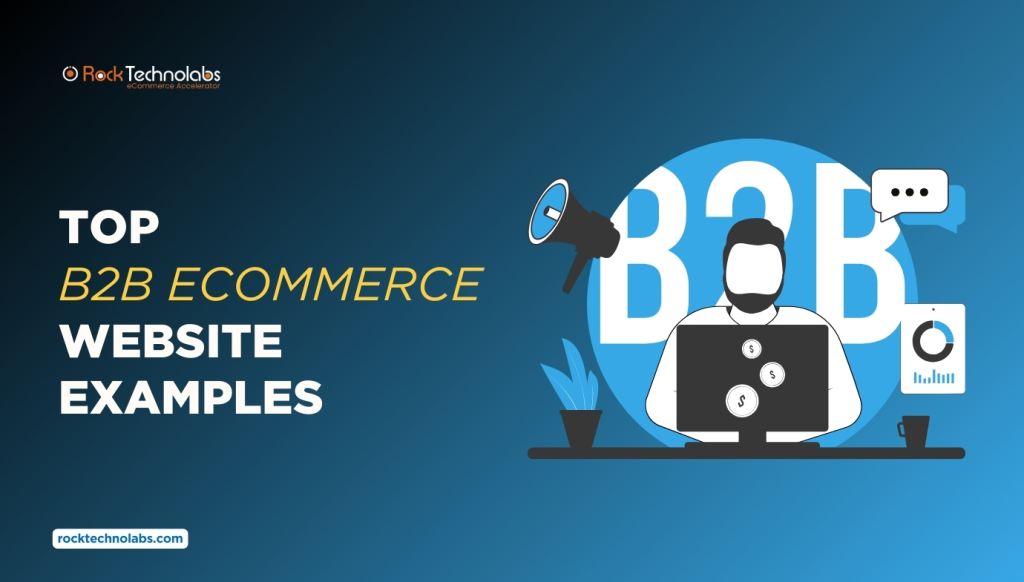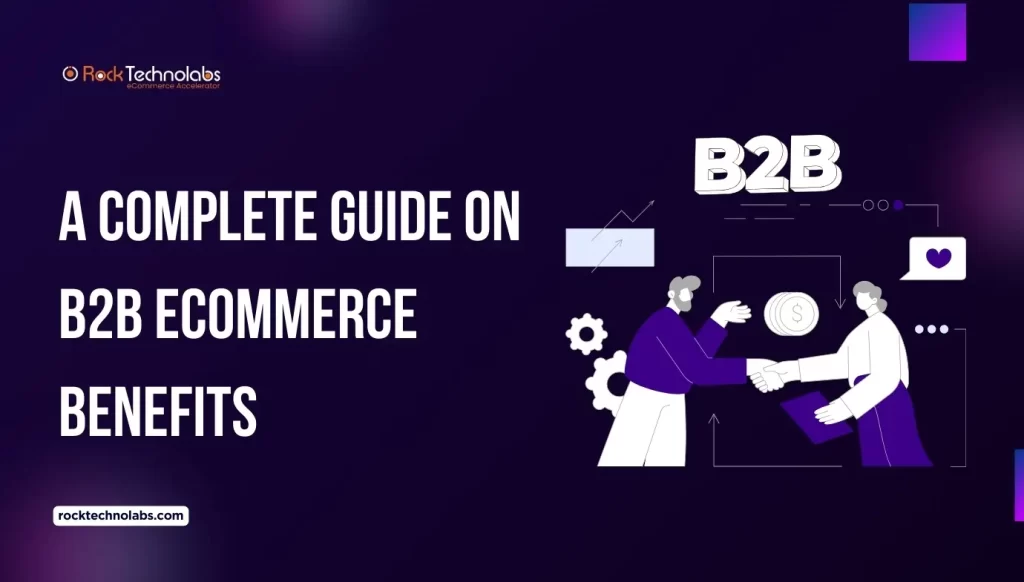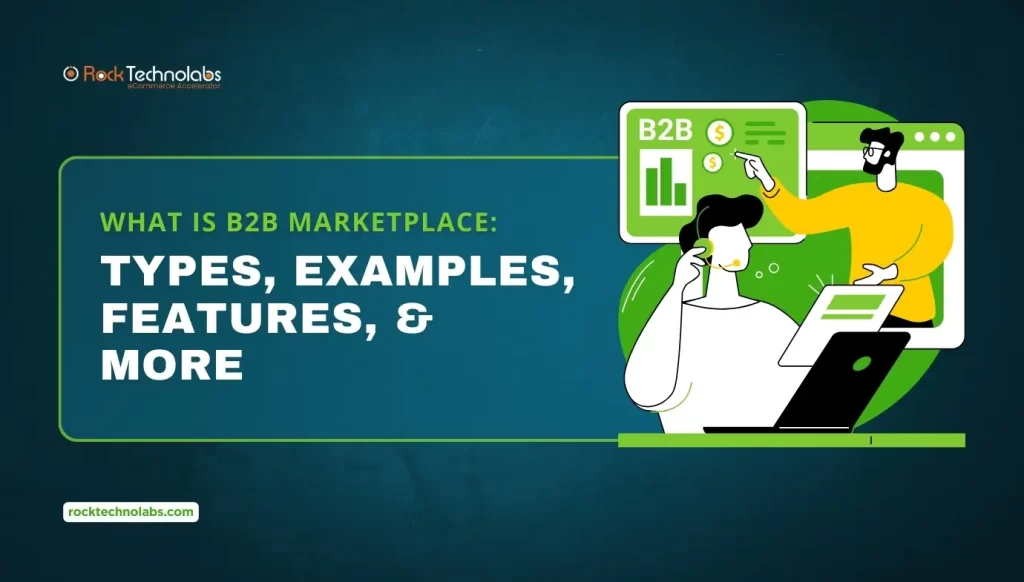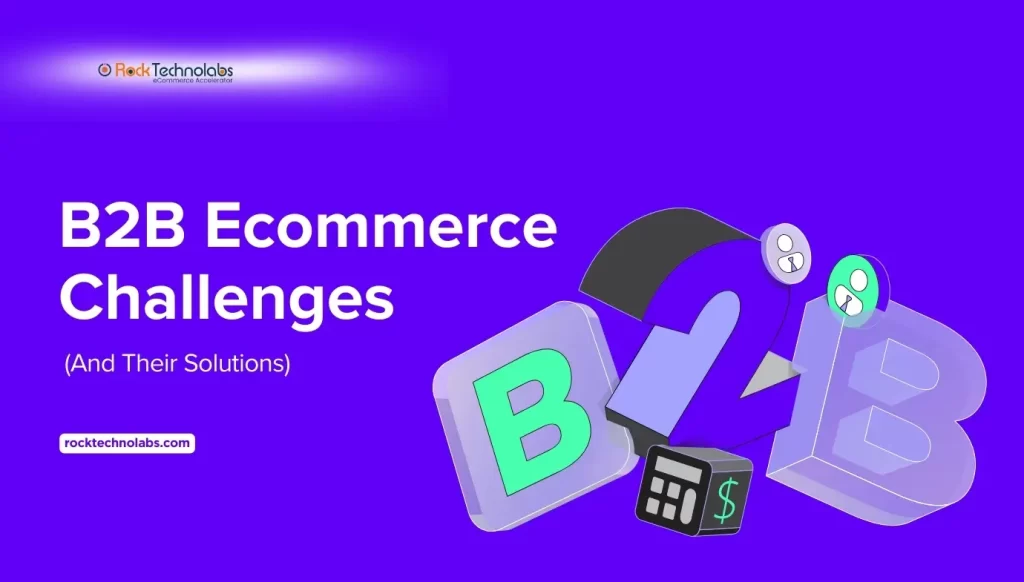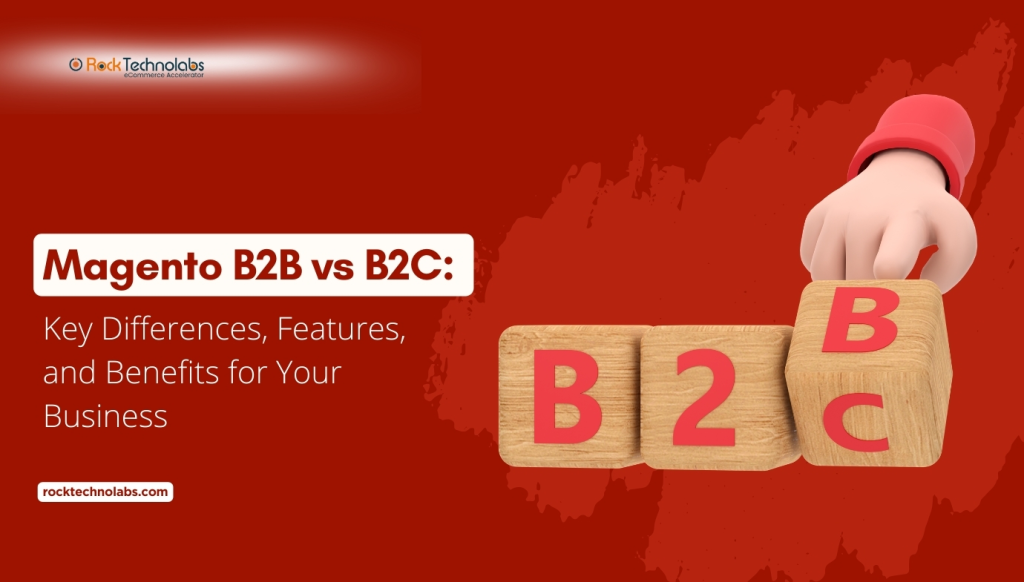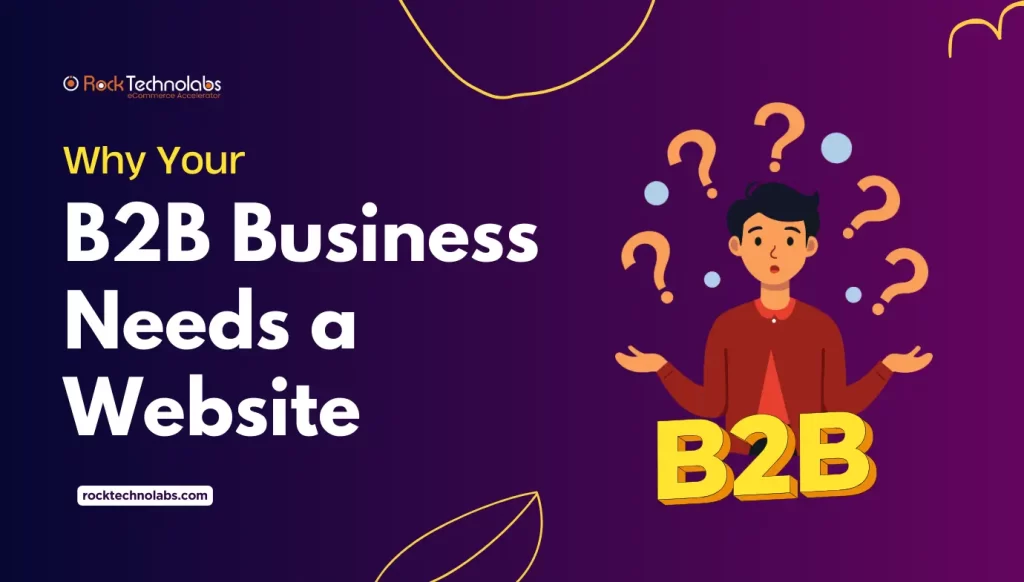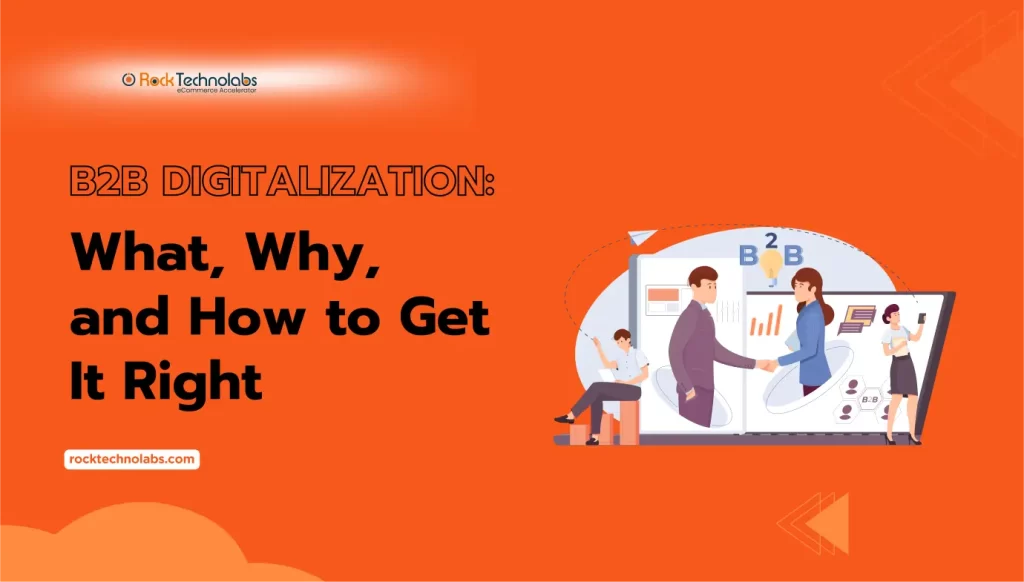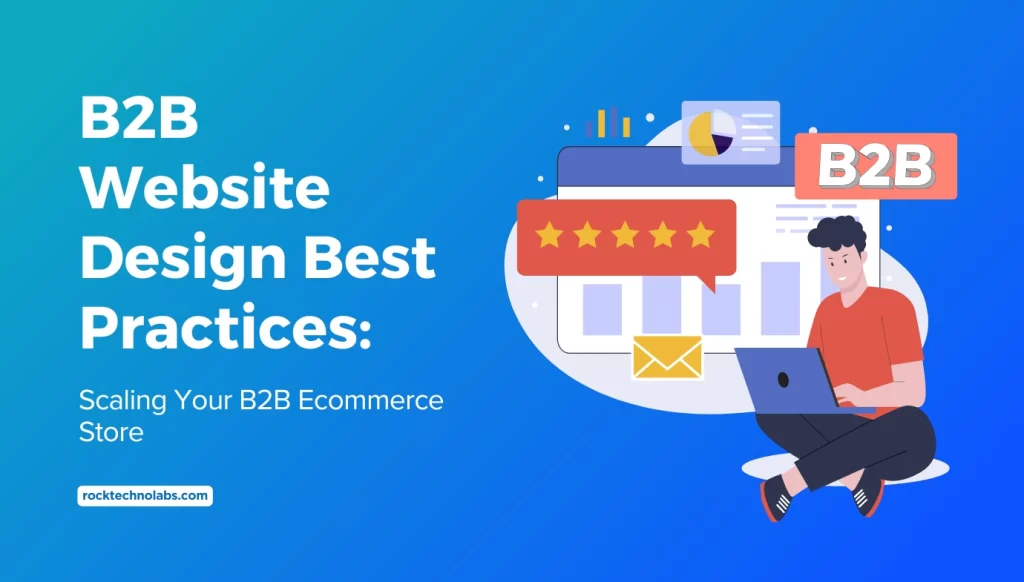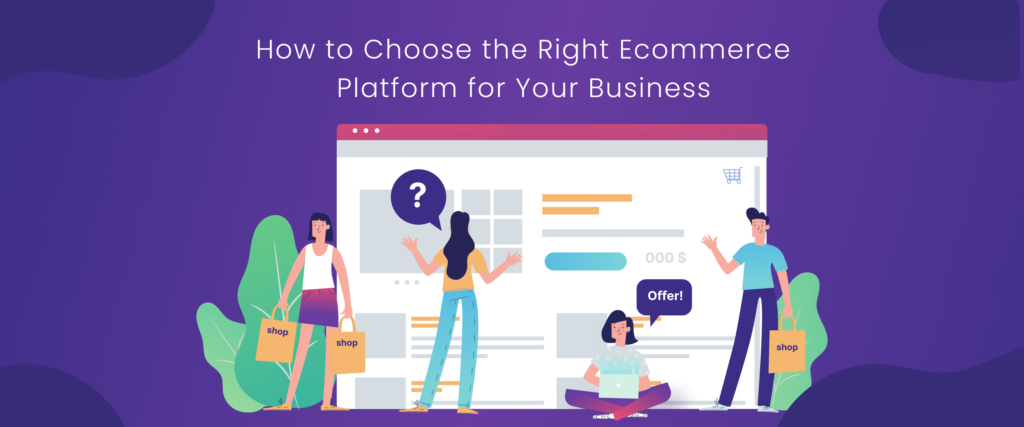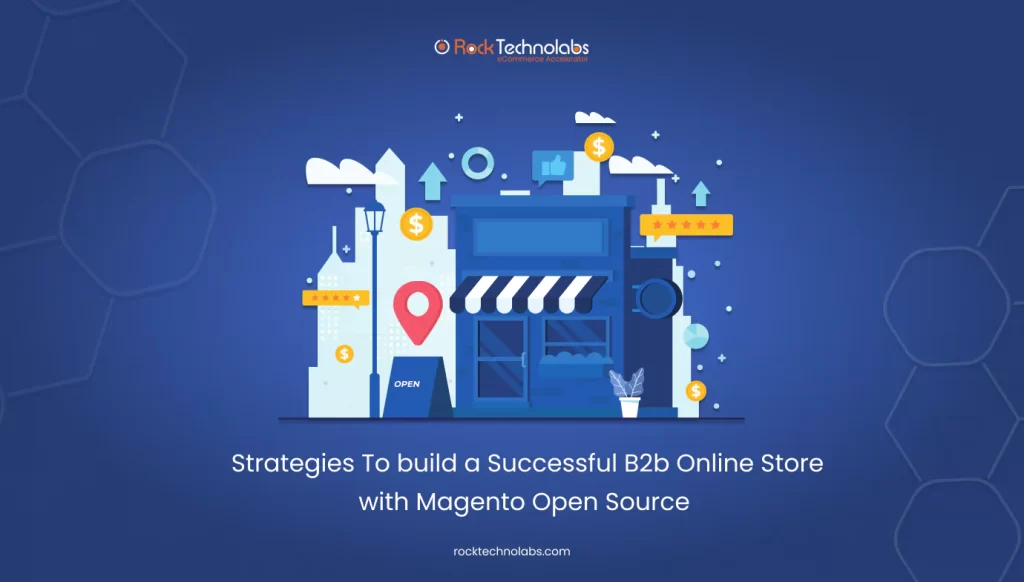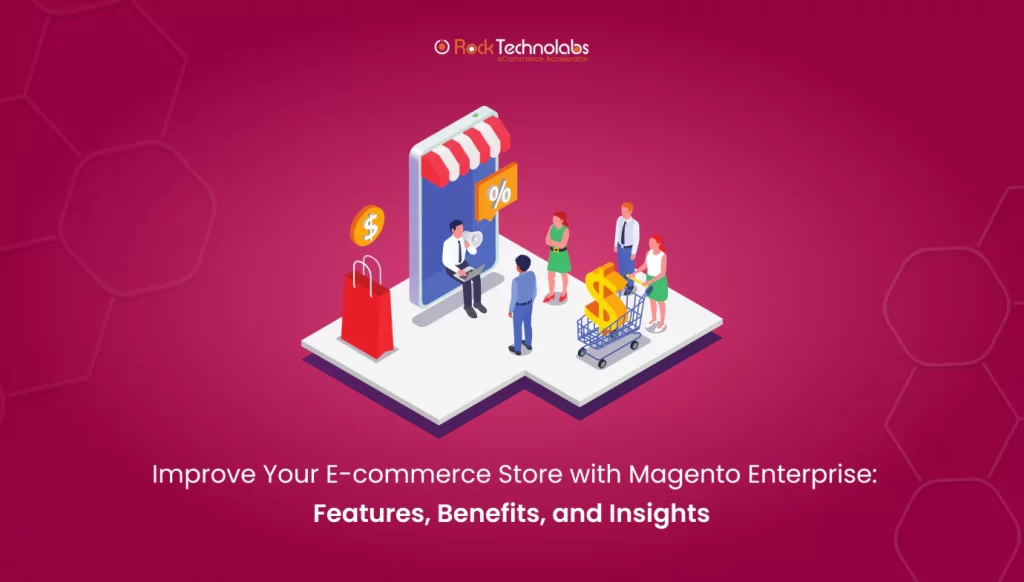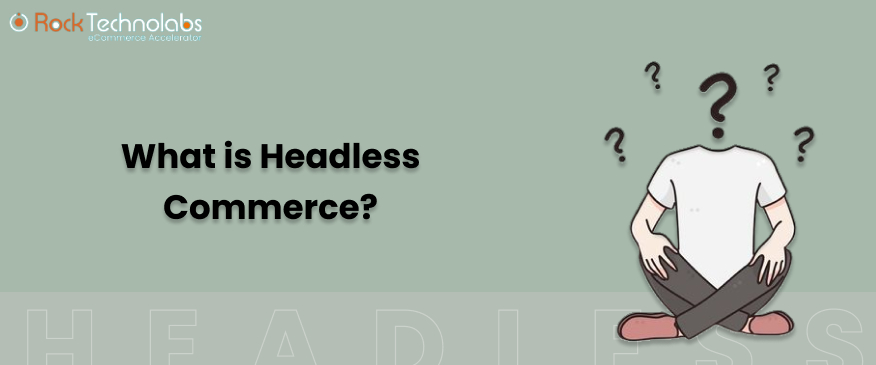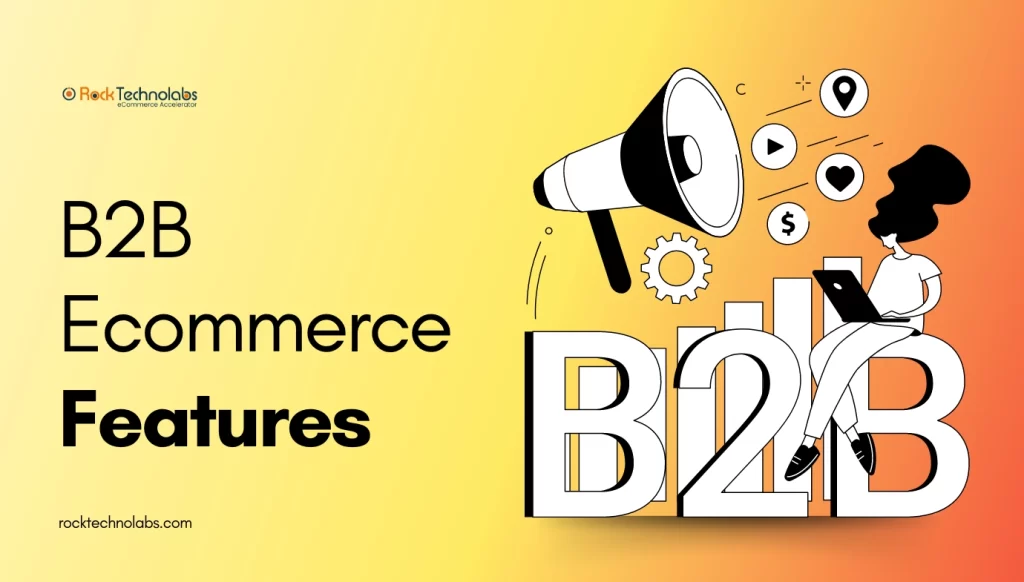Growth. Profit. Market Domination.
Or, you could also say: Bigger deals. Higher margins. Business Growth.
That’s what the right B2B eCommerce strategies can deliver. But how do you craft a winning strategy? More importantly, can you afford to?
YES, you can.
In fact, anyone can do it. Whether a small B2B business owner or a large enterprise dealing with higher order values.
Surprised? Let us break down this for you.
Statista estimates that the B2B eCommerce market will be $25.65 trillion by 2028, showing how fast the world of B2B eCommerce is transforming, and companies will have to be adaptable in eCommerce strategies, new technologies, trends, and customer expectations by 2025.
These trends, from personalization to automation and social media, define the operations of businesses in the digital commerce platform.
Understanding and leveraging these changes, B2B companies can thrive in an increasingly complex market.
This change shows them how important it is to plan and implement some successful eCommerce strategies to stand out in this dynamic market.
This article explores the key B2B eCommerce strategies for 2025, offering insights into how b2b businesses can build a successful strategy, prepare for the future, and hold new growth opportunities.
Key Takeaways:
- Fundamentals of B2B eCommerce strategies
- Distinctions between B2B and B2C approaches
- Practical advice to support your company’s success in 2025 and beyond
What Is a B2B Ecommerce Strategy?
A B2B eCommerce strategy is a tactic that a brand uses to promote its products and services to other businesses.
These B2B eCommerce marketing strategies help a brand prepare for sales, anticipate responses, and track progress.
Difference Between B2B and B2C eCommerce Strategy
| Outlines | B2B Strategy | B2C Strategy |
| Target Audience | Businesses & Professionals | Individual Consumers |
| Buying Process | Complex, often involving multiple stakeholders | Simple, involving single decision-makers |
| Purchase Volume | Large, bulk purchase | Smaller, individual purchases |
| Sales Cycle | Longer, with negotiations & approvals | Shorter, with quick decision-making |
| Personalization | Account-based, tailored to specific business needs | Generalized, targeting a broader audience |
| Payment Options | Flexible terms, invoicing, credit systems | Immediate payment methods (cards, wallets) |
12 B2B eCommerce Strategies for 2025
The best marketing never feels like marketing.
It’s time to leverage the potential of these most useful eCommerce strategies to make your mark.
Personalization
In the competitive landscape of the manufacturing industry, personalized marketing engages B2B manufacturing audiences and drives business growth.
This preference for personalization stems from the desire for relevant, tailored information that addresses their specific needs and pain points.
According to a report by Ergonode, by 2025, personalized experiences will dominate B2B e-commerce, with buyers expecting interactions similar to B2C environments.
The implementation of AI driven personalization can lead to increased customer retention and a significant boost in sales conversions.
Use AI To Make Things Personal
Artificial intelligence (AI) will revolutionize B2B eCommerce personalization allowing businesses to analyze massive volumes of data to better understand customer behaviors and preferences, resulting in highly tailored interactions. Tools driven by AI can help you send super personalized emails, ads, or messages.
88% of businesses intend to leverage AI to improve their personalization initiatives. AI driven personalization is transforming B2B eCommerce by enabling real time data analysis and customer engagement.
This technique not only enhances customer satisfaction but also increases revenue growth by providing custom solutions that address unique client requirements.
Harnessing The Potential Of Content Marketing
It’s important to craft a strategic content mix that resonates with the audience’s needs. Such relevant content will not only build trust but also drive and engage a target audience.
Informative articles, compelling case studies, and engaging video content all are vital in showcasing expertise, addressing pain points, and providing valuable insights.
75% of B2B marketers use case studies or customer stories, 76% use videos, and 92% use brief articles or posts.
Tell Stories With Videos
Another B2B E-commerce strategy for effectively communicating complex information is through video storytelling. Videos are a big deal now. Videos are the most useful content marketing tool, according to B2B marketers.
Videos can feature customer testimonials, and product features, increasing engagement and conversion rates.
Use them to share client success stories, clients’ experiences, or BTS (behind-the-scenes) moments.
As digital channels grow in favor, using video content in marketing strategies is becoming more and more important for drawing customers’ attention and successfully communicating value propositions. It’s a fun and easy way to grab attention.
Maximizing Social Media Superpowers
Social media has emerged as a platform where connections meet conversations, and brands become influencers.
Platforms like LinkedIn, Twitter, and YouTube allow them to connect with their target audience, showcase expertise, and build industry relationships.
96% of B2B marketers use LinkedIn for content publishing and 83% use paid social on LinkedIn making it the most popular channel for B2B businesses.
Integration with ERP and CRM Systems
Integrating the B2B eCommerce platform with backend systems to create a smooth and automated experience is known as integration with ERP and CRM systems.
This may consist of:
- Order management: Automate the management of orders and fulfillment by integrating these systems with the eCommerce platform.
- Inventory management: This solution will provide automated inventory management and real time inventory updates by integrating these systems with the eCommerce platform.
- Customer management: gives an integrated view of a customer and automates the management of customers through its integration with eCommerce.
Making Use Of Marketing Automation
Campaign effectiveness is measured, workflows are streamlined, and repetitive marketing tasks are automated with the help of marketing automation.
Automate the mundane marketing strategy, and elevate the extraordinary.
With automation, businesses can enhance lead nurturing, personalize email marketing, and optimize customer segmentation.
Automation brings efficiency, consistency in communication, and scalable personalization. The investment in marketing automation technologies will deliver significant value and return on investment as it will free up business time to concentrate on strategic growth initiatives.
Self Service
B2B buyers can manage their accounts, track orders, and access product information with the help of self service methods, which offer a safe and customized platform.
This may consist of:
- Account management: Giving them the ability to control their account data, such as shipping addresses, payment methods, and contact information.
- Order tracking: Giving them access to up-to-date order tracking data.
- Product details: Giving them comprehensive product details, such as features, costs, and availability.
Think Mobile First Or Be Mobile Friendly
Most people check things on their phones first. A mobile first strategy guarantees that websites are responsive, offering a consistent experience across platforms.
Ensure your emails, landing pages, and ads look great and load fast on mobile devices.
Businesses that give mobile optimization top priority are better positioned to satisfy customer expectations and increase sales as mobile commerce grows.
Account Based Architecture For Proactive Marketing
ABM is a shift toward customer centricity and personalized engagement, not just a strategy.
B2B businesses can improve customer relationships, boost revenue, and outshine the competition by utilizing account based marketing, or ABM.
Start Email Marketing
Email marketing is still a very useful tool for B2B communication because it enables companies to send tailored messages to clients directly.
Product promotion, lead nurturing, and customer relationship maintenance are all possible with successful email campaigns.
Email marketing is still an affordable way to interact with audiences and increase conversions, even with the growth of digital channels.
Be Everywhere
Don’t just stick to one platform. Show up on Instagram, LinkedIn, Facebook, Digital channels, B2B Marketplaces, Email, and even WhatsApp.
When people see you everywhere, they’ll keep you in mind when they need your product or service.
How To Build A Successful B2B Ecommerce Strategy in 2025
A B2B ecommerce strategy is similar to a business plan and should include:
1. Set Clear Objectives
Clearly define objectives for your eCommerce strategy such as increased customer acquisition, better retention rates, or new markets reached.
2. Know Your Audience
Investigate your target audience for pain points, preferences, and buying behavior through market research.
Explore how they shop, they spend, they engage with your product, brand, the channels they use to purchase, etc.
3. Choose the Right Platform
Choose that eCommerce platform which supports B2B features such as bulk orders, custom pricing, etc. along with integration abilities.
4. Invest in Technology
Implement AI, automation, and data analytics to simplify operations and improve the customer experience.
5. Optimize User Experience
Your website should be user friendly, mobile friendly, and relevant to the needs of a business buyer.
Focus on customer experience, and try to provide a seamless shopping experience.
6. Content Strategy
Content that matters: Focus on solving their problems and highlighting your expertise.
7. Measure and Adjust
Monitor your strategy regularly using KPIs such as conversion rates, average order value, and customer satisfaction. Based on the data, adjust tactics
Conclusion
A strategy for B2B business is not fixed. Over time, consumer demand varies, markets shift, and expectations increase. Your business decisions should be guided by your strategy, but it’s crucial to update it to take into account shifting customer behaviors and new b2b eCommerce trends.
With these b2b marketing strategies compiled by Rock Technolabs, you can drive your B2B website’s marketing efforts to new heights and achieve remarkable growth. Focus on some of the above mentioned strategies and try to work on them exclusively.
So, video storytelling? That goes hand in hand with influencer partnerships or also on social media as a sales channel. AI or Self Service? That can be your gateway to making strong customer relationships by providing a personal touch.
So clearly understand what works well together and what doesn’t. In simple words, choose 2 to 3 of these b2b eCommerce best practices, adapt them to your B2B business growth strategy, and then move to the next. That’s how you build something successful.


